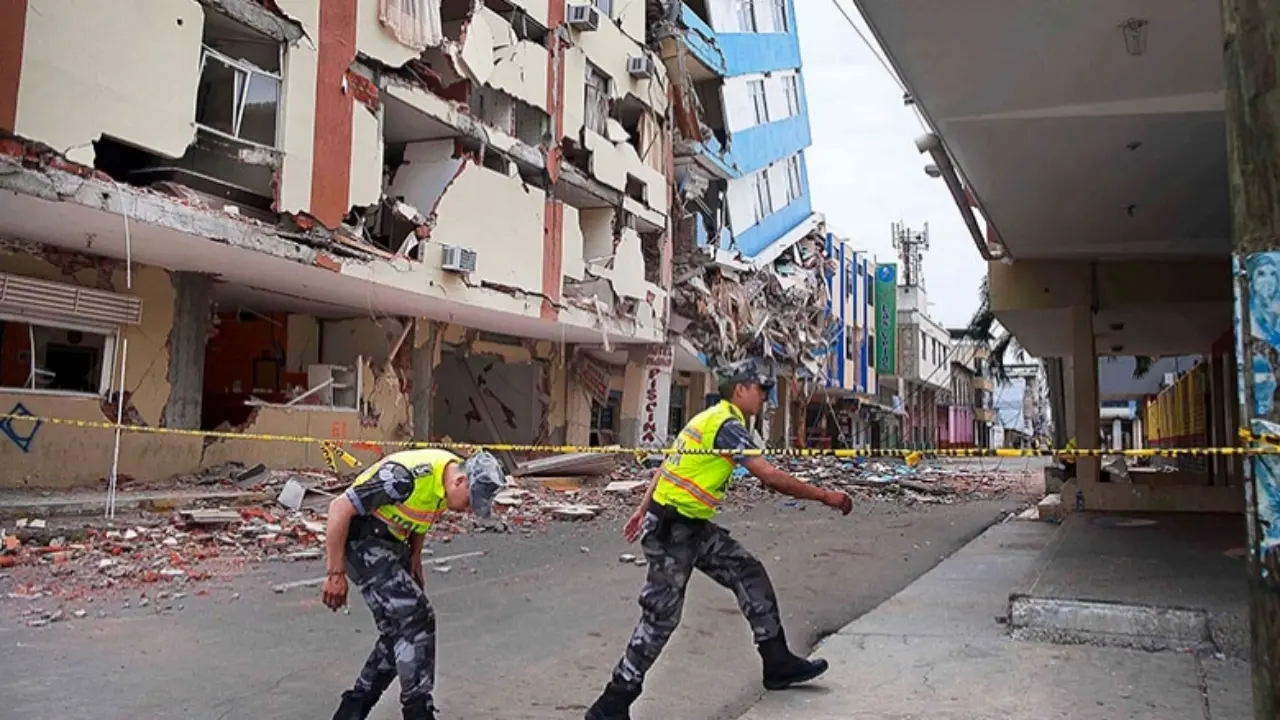Ecuador, located on the western coast of South America, is known for its stunning landscapes and rich biodiversity. However, it is also a region prone to earthquakes due to its location along the Pacific Ring of Fire. In this article, we delve into the impact of earthquakes in Ecuador, exploring the country’s resilience to seismic activity, disaster preparedness, response efforts, and the importance of community support in rebuilding affected areas.
-
Introduction to Earthquakes in Ecuador
Ecuador lies on the boundary of the Nazca and South American tectonic plates, making it susceptible to seismic activity. The country has a history of significant earthquakes due to the collision of these plates, releasing accumulated energy and causing ground shaking. Earthquakes in Ecuador can vary in magnitude and occur at different depths, posing a continuous risk to the population and infrastructure.
-
The Impact of Earthquakes
Earthquakes in Ecuador have profoundly impacted the country, affecting both urban and rural areas. Major earthquakes have resulted in loss of life, injuries, and extensive damage to buildings, roads, and infrastructure. These events disrupt communities, causing displacement and economic setbacks.
The most devastating earthquake in history occurred in April 2016, with a magnitude of 7.8. The quake struck the coastal region, particularly affecting the provinces of Manab and Esmeraldas. The aftermath was devastating, leading to significant loss of life, displacement of thousands of people, and the destruction of homes, schools, hospitals, and other critical infrastructure.
-
Resilience and Recovery Efforts
In the face of earthquakes, Ecuador has demonstrated remarkable resilience and determination to recover and rebuild. The government and national and international organizations have undertaken extensive efforts to support affected communities. These efforts include providing emergency relief, shelter, and healthcare services and facilitating the reconstruction of damaged infrastructure.
Moreover, community-driven initiatives and grassroots organizations have played a vital role in recovery. Local communities, volunteers, and non-profit organizations have come together to provide those affected with assistance, resources, and emotional support. Their efforts have been instrumental in fostering a sense of unity and resilience in the areas affected.
-
Disaster Preparedness and Response
Recognizing the ongoing risk of earthquakes, Ecuador has strongly emphasized disaster preparedness and response. The government has implemented measures to enhance earthquake-resistant building codes and infrastructure standards. It has also invested in early warning systems and public education campaigns to raise awareness and promote preparedness at the community level.
Collaboration between governmental agencies, scientific institutions, and international partners has been crucial in understanding earthquake hazards and developing effective response strategies. Regular drills and simulations help test emergency response plans and ensure a coordinated effort in the event of future earthquakes.
-
Conclusion
Earthquakes in Ecuador pose significant challenges to the country’s infrastructure, economy, and communities. However, the resilience and determination the Ecuadorians display in the face of such adversity are commendable. Efforts in disaster preparedness, response, and community support play a vital role in minimizing the impact of earthquakes and facilitating recovery.
As Ecuador continues to build resilience and implement strategies to mitigate the risks associated with seismic activity, it is an example for other earthquake-prone regions worldwide. By investing in preparedness, fostering community engagement, and fostering a culture of resilience, Ecuador is working towards a safer and more resilient future.
Frequently Asked Questions
- Why is Ecuador prone to earthquakes?
Ecuador is located along the Pacific Ring of Fire, where the Nazca and South American tectonic plates collide, resulting in seismic activity.
- What is the impact of earthquakes in Ecuador?
Earthquakes in Ecuador have resulted in loss of life, injuries, and extensive damage to buildings, infrastructure, and the economy.
- What was the most devastating earthquake in Ecuador?
The most devastating earthquake in recent history occurred in April 2016, with a magnitude of 7.8, affecting the coastal region and leading to significant loss of life and destruction.
- What efforts are made to recover from earthquakes in Ecuador?
Emergency relief, shelter, healthcare, and the reconstruction of damaged infrastructure are all included in recovery efforts, backed by community- and government-led initiatives.
- What measures are taken for earthquake preparedness in Ecuador?
Ecuador has implemented earthquake-resistant building codes, infrastructure standards, early warning systems, and public education campaigns to enhance preparedness and response.



